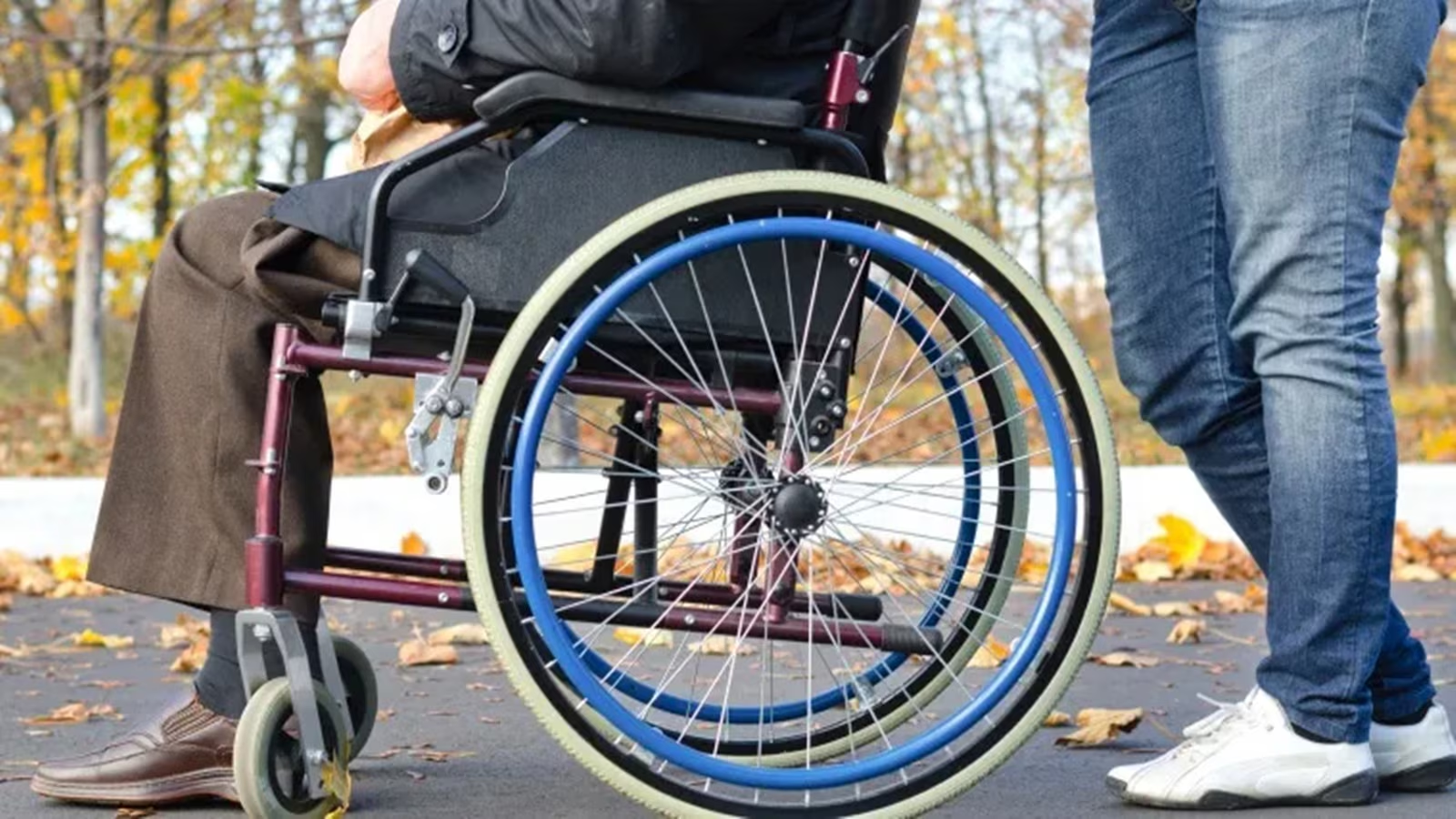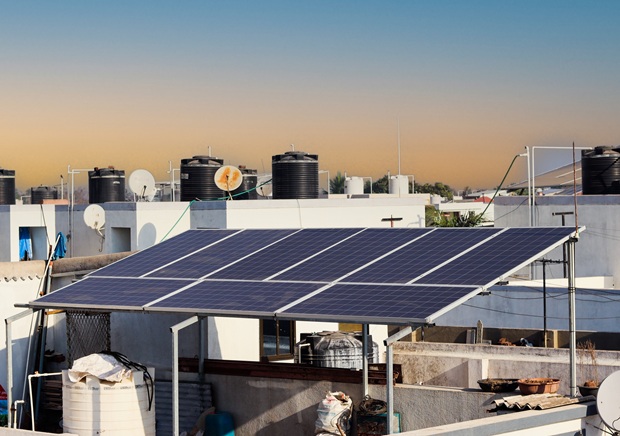- Courses
- GS Full Course 1 Year
- GS Full Course 2 Year
- GS Full Course 3 Year
- GS Full Course Till Selection
- Online Program
- GS Recorded Course
- NCERT (Recorded 500+ Hours)
- Polity Recorded Course
- Geography Recorded Course
- Economy Recorded Course
- AMAC Recorded Course
- Modern India, Post Independence & World History
- Environment Recoded Course
- Governance Recoded Course
- Science & Tech. Recoded Course
- International Relations and Internal Security Recorded Course
- Disaster Management Module Course
- Ethics Recoded Course
- Essay Recoded Course
- Current Affairs Recoded Course
- CSAT
- 5 LAYERED ARJUNA Mentorship
- Public Administration Optional
- ABOUT US
- OUR TOPPERS
- TEST SERIES
- FREE STUDY MATERIAL
- VIDEOS
- CONTACT US
India’s 2500-Year-Old Climate Change Solution
India’s 2500-Year-Old Climate Change Solution
Context
Researchers from the Birbal Sahni Institute of Palaeosciences (BSIP) have revealed the remarkable climate adaptation strategies employed at the historic Vadnagar site in Gujarat, India.
What is Climate Change?
|
Birbal Sahni Institute of Palaeosciences
|
- Climate change refers to significant and lasting changes in the Earth's climate patterns over an extended period.
- These changes involve alterations in temperature, precipitation, wind patterns, and other climate-related parameters.
- While natural factors have historically influenced the climate, the term "climate change" is commonly used to describe the anthropogenic (human-induced) changes occurring since the Industrial Revolution.
How study was done?
- The study incorporated archaeobotanical evidence, including macro and micro botanical remains, alongside isotope and radiocarbon dating of grains and charcoal.
|
Vadnagar Site
|
- This comprehensive approach provided insights into the diversification of food crops and socio-economic practices that helped ancient societies navigate climatic challenges.
What the study suggests?
-
Adaptability During the Little Ice Age:
- During post-medieval period (1300 to 1900 CE), the community shifted to a resilient crop economy due to prolonged summer monsoon weakening.
- It centered on small-grained cereals, particularly millets, due to prolonged summer and monsoon weakening.
-
Key Climate Events:
- The study focused on the impact of key climate events such as the Roman Warm Period (250 BCE-400 CE), Medieval Warm Period (800 CE-1300 CE), and the Little Ice Age (1350 CE-1850 CE).
- The data collected suggest that, despite adverse climate conditions, Vadnagar sustained food production through strategic crop diversification and resilient socio-economic practices.
Lessons for Contemporary Climate Change Adaptation
- The ancient strategy of adapting crop choices to fluctuating climatic conditions offers critical lessons for modern societies facing similar challenges.
- The study depicts the historical resilience of Vadnagar's inhabitants
- The research contributes to a broader understanding of how past climate changes influenced historical famines.
|
8 Sub-missions
|
- It suggests that crises were often enhanced by institutional factors rather than climatic changes alone. Therefore, it emphasized the need for integrated approaches to climate resilience.
Climate Impact on India
- India is world's third-largest greenhouse gas emitter and faces extreme heatwaves and climate-induced events.
- World Meteorological Organization's study highlights that there is annual loss of US$ 87 billion from climate events, emphasizing the urgency for climate action.
What is the India’s effort to mitigate climate change?
-
Energy Conservation Act of 2001 and 2022 Amendment
- India passes the Energy Conservation Act in 2001 with a focus on non-fossil energy sources.
- August 2022 amendment includes consumer energy needs from non-fossil sources and energy standards for ships and vehicles.
-
National Action Plan on Climate Change (NAPCC) - 2008
- Released on June 30, 2008, NAPCC is a national strategy with 8 sub-missions.
- It aims to adapt and enhance ecological sustainability in India's development path.
-
India's Climate Nationally Determined Contributions (NDCs)
- Initial NDCs in 2015 aimed at 40% non-fossil power capacity and 33-35% emission intensity reduction by 2030.
- Revised NDCs in 2022, now targeted a 45% emission intensity reduction and 50% non-fossil power capacity by 2030.
- PM Modi's 'LiFE Movement' and ambitious goals at COP26 included achieving net zero emissions by 2070.
Current challenges and solutions in India’s climate policy
SR |
Challenges |
Solution |
|
1 |
There is Lack of clarity on the regulatory authority (Bureau of Energy Efficiency (BEE) or Ministry of Power (MoP)) for carbon credit certificates, creating uncertainty. |
Clearly define the regulatory authority for carbon credit certificates. |
|
2 |
India falls short of its solar rooftop panel installation target of 40 GW by 2022, with only 6.7 GW installed. |
Implement consistent and supportive policies for solar rooftop installations. Address distribution company underperformance through incentives and penalties. |
|
3 |
Inconsistent policies and fluctuations in tariffs create uncertainties for solar projects. |
Streamline processes for project approvals and grid connectivity. Establish a feedback mechanism to address challenges in real-time and refine policies accordingly. |
|
4 |
Disproportionate focus on industrial and commercial sectors over the residential domain in renewable energy initiatives. |
Introduce targeted incentives for residential renewable installations and ensure a balanced distribution of government support. |
Conclusion
The study at Vadnagar sheds light on India's 2500-year-old climate change solution highlights the importance of integrating historical wisdom with modern scientific and policy frameworks to navigate the complexities of climate change adaptation.



